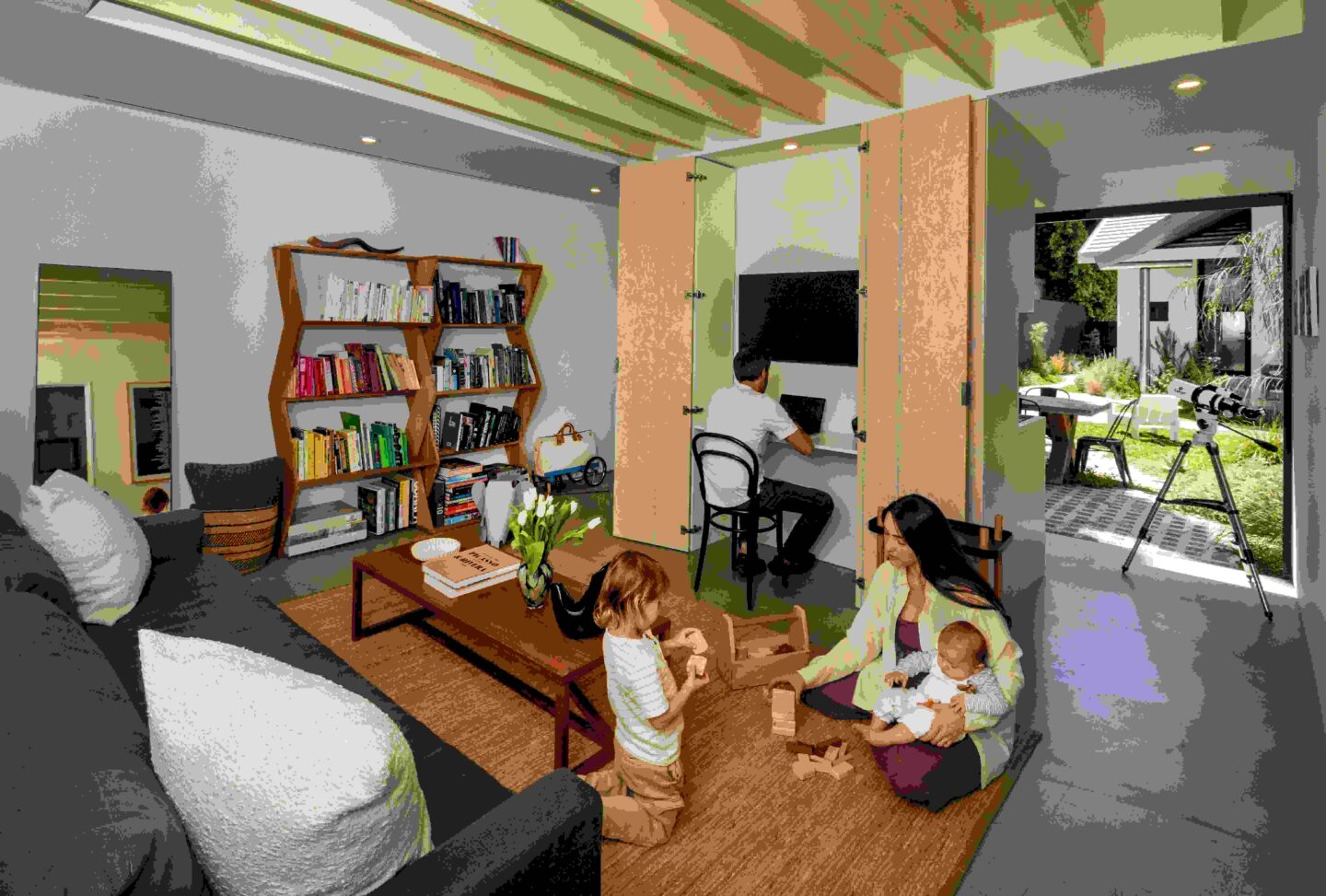The rise of remote and hybrid work since the pandemic has brought about many changes to how we do our jobs. More virtual meetings, more office group chats, and more email chains.
However, working from home can have drawbacks when it comes to taking a lunch break.
The Financial Times’ Isabel Berwick recently spoke to Professor Nick Bloom, an economist at Stanford University, who said that workers in the office are still taking lunch breaks, whereas for their colleagues who work from home, there is generally a smaller dip, or no dip at all, in activity around lunch.
‘Multi-tasking’
Professor Mark Mortensen, who teaches MBA, EMBA, and PhD students organizational behavior at INSEAD, told Business Insider that the goal of a lunch break is to give you a change of pace and enough time to immerse yourself in whatever work task is to be done afterward.
“If you’re still doing work, it’s not a lunch break,” Mortensen said, adding that sitting in front of a laptop, trying to do your job and eat a meal at the same time, is “multi-tasking.”
He said that ideally, employees should take a complete break during this time to recharge. Mortensen advised against checking incoming messages or engaging in certain activities during lunch.
“Keep in mind that if your break time is spent doing something anti-social — scrolling through social media or watching a show on Netflix — you are missing out on a chance to recharge your social battery,” he said.
For Anna Tavis, a clinical professor in human capital management at New York University, the problem isn’t just that people aren’t taking breaks because they’re glued to their computers; it’s also that eating alone has become the new norm.
She told BI that when staff only eat in isolation, some of the social release mechanisms, like talking to colleagues about work problems, are lost.
“If you’re really working around the clock, until let’s say dinner time and don’t take that break, it’s not contributing to the longevity, sustainability, and overall health of employees,” Tavis said.
Skipping lunch is really not great for your health
From everything we know about nutrition, it’s not good for you to substitute consistent meals for snacking throughout the day, Tavis explained.
She said this kind of “mindless eating” is a poor habit that can be harmful to your physical health, and specifically your metabolism.
Overworking and burnout from not taking a proper break can also contribute to mental health issues, Tavis said.
“Psychologically, it’s really important, especially if your work is intense and if you want to get back and stay focused again,” she said, outlining that well-rested employees are more productive.
You could be owed overtime
Janice DiRose, a labor and employment attorney and human resources consultant based in Florida, told BI that a company could get into legal trouble if its staff works during lunchtime.
When employees who are eligible for overtime are eating at their desks instead of taking time off for lunch, this is very concerning from an HR compliance standpoint, she said.
“If you’re sitting at your desk and you’re looking at your email and occasionally answering, you are working,” DiRose said, “and in the US, that means you need to get paid.”
She explained that under the Fair Labor Standards Act of 1938, meal times are only considered breaks if workers are not engaged in the duties of their jobs. So, if they work during lunch, they’re owed overtime.
“As an employer, you can’t just allow your entire workforce to sit at a desk and get paid for lunch,” DiRose said.
Employers need to do more
DiRose said the best preventive measure to ensure employees are taking breaks is more training. Otherwise, they might adopt bad habits from previous jobs.
Tavis said that for hybrid setups, managers need to make sure they encourage staff to take lunch on in-office days.
“Employers need to be a lot more intentional around those moments that matter in the building, that social fabric of the workplace,” she said.




